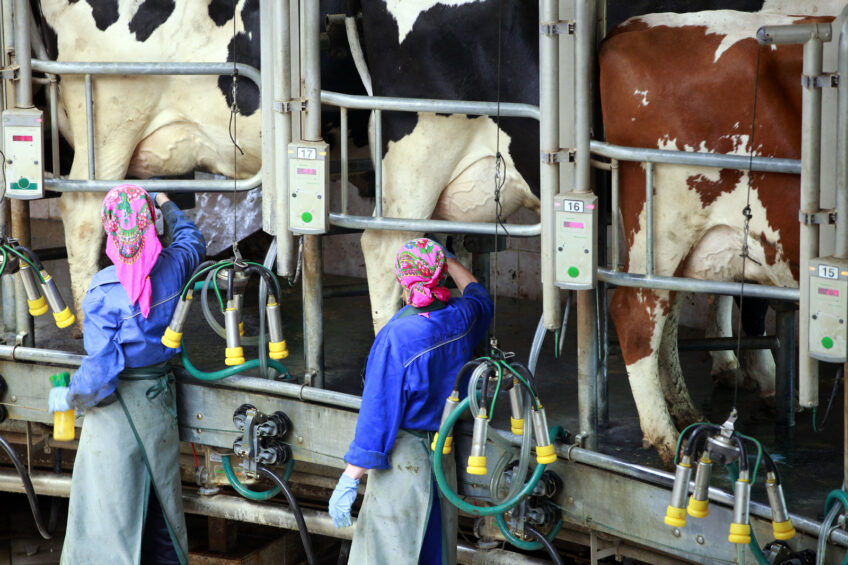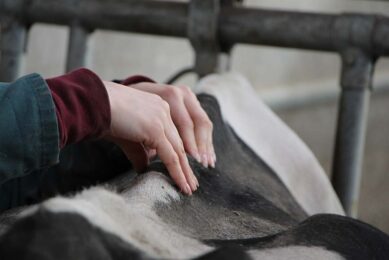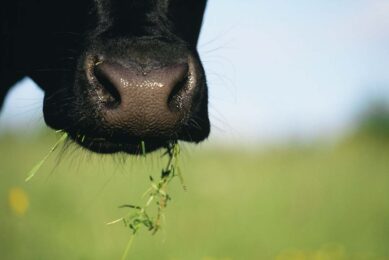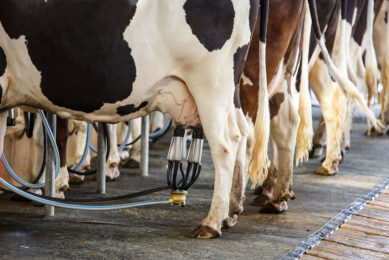“Russian ban good for Russian dairy market”

The Russian ban of agricultural products might persist until 2018, and might be even a good thing for the domestic milk and cheese market in Russia. This was said by Mikhail Mishchenko, editor of The Dairy News Russia, who presented the latest data on the Russian dairy market at the World Dairy Summit in Vilnius, Lithuania.
Since the start of the Russian food embargo (summer 2014), Russia has lost 38.5% of the imported dairy products, in particular cheese (-60%). As an effect, Russian milk companies increased their milk output and stopped the negative trend in the volume output of dairy products in the last years (around 5% between 2000 and 2014).
Although Mr Mishchenko did not go into further detail about the political reasons for the Russian boycott, he addressed that the embargo indeed spurred growth and the development of new and bigger dairy farms in Russia. “If I look at the business side of the ban, not the political details, I see that Russian farmers are profiting from the embargo. Some people have even chosen to become dairy farmers. Also the domestic cheese production has been increased, with more different cheese products hitting the market. We even produce a wonderful camembert cheese in Russia,” explained Mishchenko.
Milk production Russia
Currently, Russia produces around 16.3 million tonnes of milk. The number of dairy cows in Russia is estimated at 4.48 million animals. The number of dairy cows has been relatively stable in the last 10 years (partly due to the government support that started in 2006). Mishchenko: “The 16.3 million tonnes of milk is without the milk production of the householders (for private consumption), as we simply don’t include these figures in the official milk data figures, although this is a really big volume (14.28 million tonnes). But we see that more householder farms are moving into the ‘private farmer’ segment. This is because of taxation (the government is tightening the requirements regarding tax collection and government support (the government is supporting private farmers through subsidies and grants).”
Lost imports with the ban
The presentation showed how much imports Russia lost after the embargo, compared to what Russia imported in 2013. According to Mishchenko most in the cheese and yoghurt segments were lost. “In the milk and milk powder segments, we see a smaller loss in the import volumes. For liquid milk for example we have lost 21.2% of the volumes because we couldn’t import these anymore due to the ban. For skimmed milk powder this is estimated at 23.7% and for butter 28.2%. For cheese and yoghurt, the percentages are a bit different. Loss in the cheese segment is 57.4% for fresh cheeses, 98.3% for processed cheeses, 87.8% for blue cheeses and 67.1% for yoghurt. According to Mishchenko the loss in import volumes of yogurts and fresh products (cheeses) have been pretty much replaced by domestic production and imports from Belarus. The losses in blue cheeses have been not been compensated.
Good for small businesses
Although the Russian dairy sector is facing many challenges (low buying power of people, low consumption, high costs), Mishchenko believes that Russian dairy farmers are stepping up and become more efficient. “Many farms are investing in processing equipment and new facilities are popping up. I also think the current times are a good moment for small businesses to become bigger and more professional in Russia. This is also encouraged by the Russian government.” If the food embargo will be relaxed soon, Mishchenko is clear: “It is my opinion the ban will be kept until at least 2018.”
Join 13,000+ subscribers
Subscribe to our newsletter to stay updated about all the need-to-know content in the dairy sector, two times a week.










